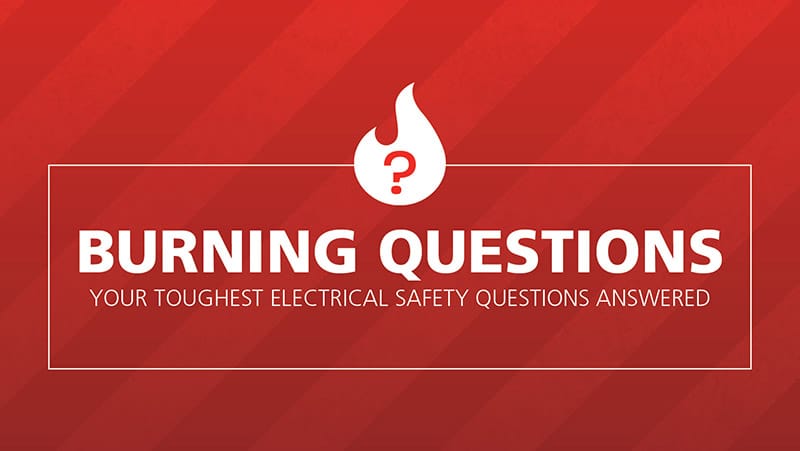Q: Do we need arc-rated protection or shock protection (like rubber gloves or arc-rated gloves) when switching inside industrial panelboards similar to the ones we have at home (120V)?
A: It really depends on the individual situation.
What are the most common operations on 120V panelboards (fed from transformers that are generally 75kVA or lower)?
A task qualified electrical worker may reset a breaker after a trip, or switch off a breaker to create an electrically safe work condition. If these operations are performed with all covers intact, no exposed energized parts, and the upstream transformer is less than 125kVA, then both arc flash and shock risks are substantially reduced to the point that such operations do not require arc-rated protection or shock protection.
This is, however, valid only if the switches are operated with the equipment in its normal condition [see NFPA 70E® – 2021 110.4(D) for more details]. If electrical parts are exposed or a non-routine or abnormal condition exists (e.g., maintenance, repairs, suspected fault on the switches, etc.), a hazard identification and risk assessment should be performed.
The best option, however, is that you use the label from the arc flash study as a guideline that shows when shock and arc flash exposure are present.
I hope this clarified the matter, and I would also suggest that you consider incorporating such guidelines (or instructions) in your company’s written Electrical Safety Program.
Once again: Exercise extreme caution if the covers are opened exposing LIVE parts or if a faulty condition is suspected (listen for noises, feel the grounded metal framework for heat). Do not forcefully try to reset a switch that refuses to budge or reset. Electrical equipment and brute force don’t go well together!

